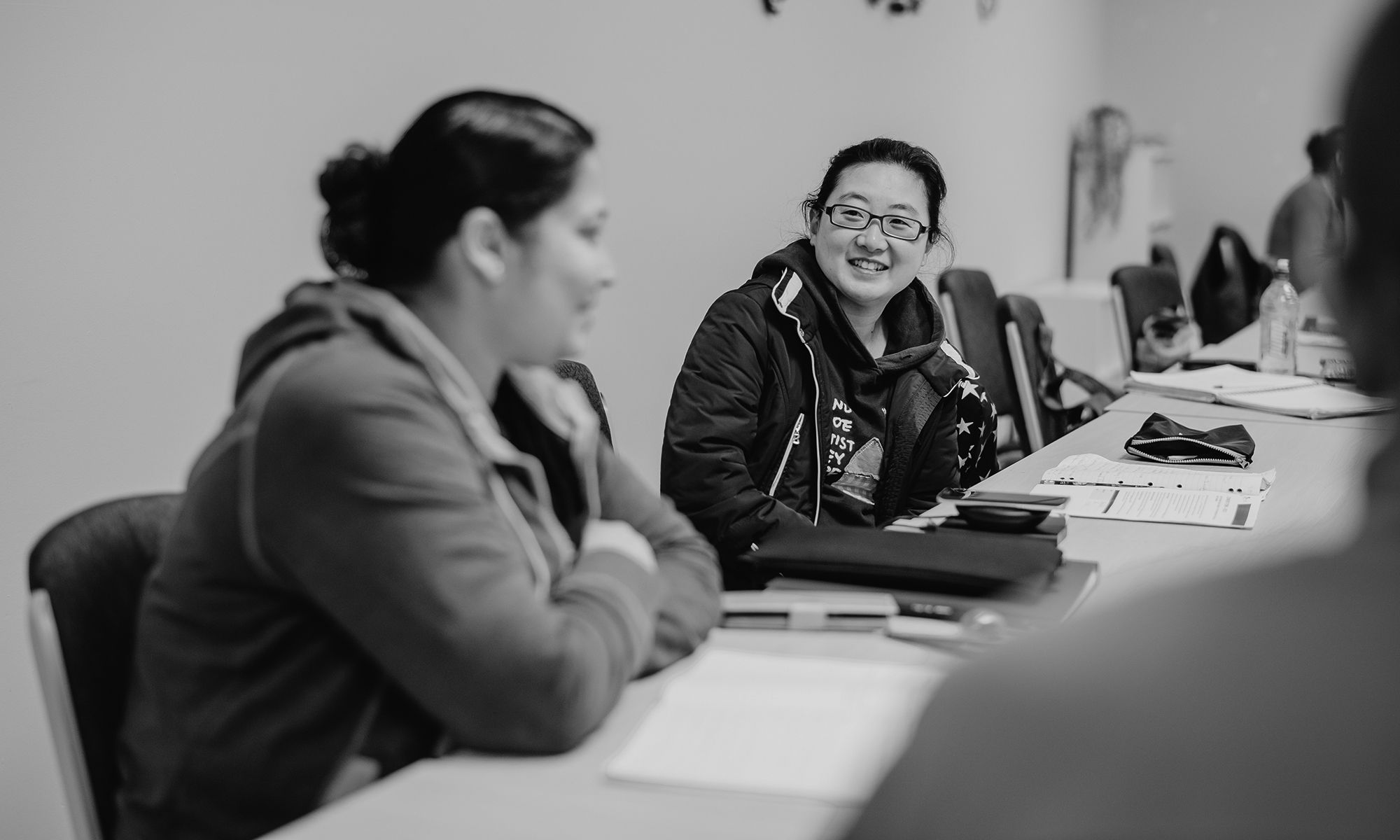Author: Glenna Lear, University of South Australia
Edition: Volume 53, Number 3, November 2013
Summary: This paper discusses the power of local and experiential knowledge, civic engagement and social transformation on rural third age women’s learning. My passion for learning reflects the methodological stance of heuristic inquiry, which requires the researcher to have a passionate interest in the phenomena under investigation and in this case, includes my tacit knowledge as a third age learner, a former farming partner and a long term resident of the region. Our two informal conversations about their midlife learning gave the six purposively selected women aged 58 – 70 the opportunity to reflect on their learning autobiographies as co-researchers. In their midlife, the women had the freedom and determination to change directions and the generative passions to remain useful, to give something back to their communities and to make them a better place for their retirement years and future generations. They emerged from the relative obscurity of the backrooms, kitchens and traditional supportive roles as farmer’s wives and mothers to become community activists, leaders and change agents who transformed their small service communities into thriving, vibrant, ‘can do’ societies better able to cope with the political, social, economic and environmental changes prevailing in regional Australia since the 1990s. They built new networks within the community and with the wider world and used their local knowledge and personal experiences to develop appropriate strategies for community renewal, which exposed them to diverse experiences, new knowledge and different ways of doing things. Unexpectedly they flourished and experienced personal development, growth and a transformation of the self as a blooming and fruition with the maturation of their potential.
Keywords: third age learning, community engagement, rural women, informal learning, personal transformation
![]()
![]()
![]()
![]() Share a copy of this abstract.
Share a copy of this abstract.
This article is part of AJAL, Volume 53_3. The entire volume is available in .pdf for purchase here.
